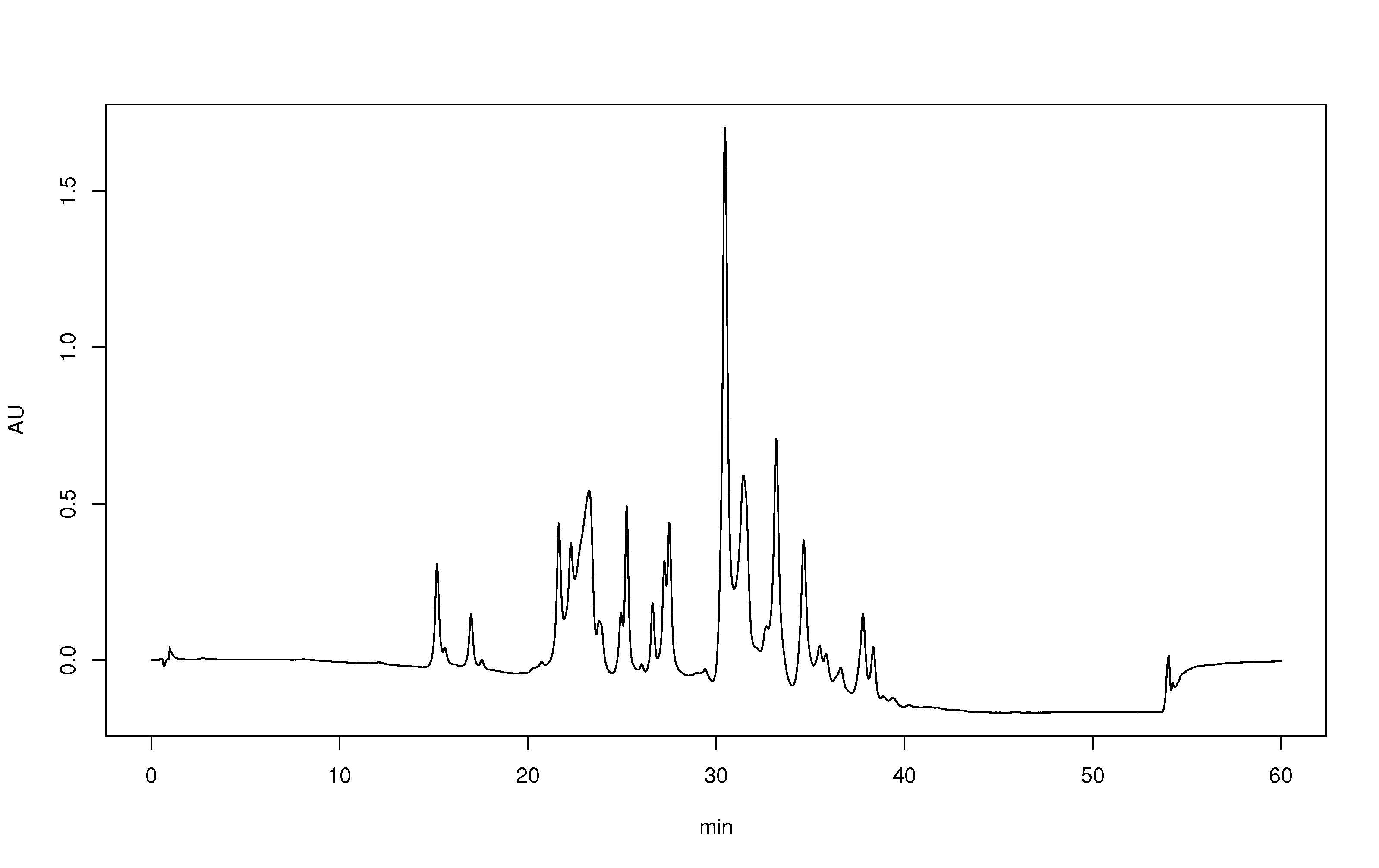Reversed-phase chromatography (RPC) has a non-polar stationary phase and an aqueous, moderately polar mobile phase. The name "reversed phase" has a historical background. In the 1970s most liquid chromatography was done on non-modified silica or alumina with a hydrophilic surface chemistry and a stronger affinity for polar compounds - hence it was considered "normal". The introduction of alkyl chains bonded covalently to the support surface reversed the elution order [2]. Now in RPC, polar compounds are eluted first while non-polar compounds are retained - hence "reversed phase". All of the mathematical and experimental considerations used in other chromatographic methods apply (ie separation resolution proportional to the column length). Today, reversed-phase column chromatography accounts for the vast majority of analysis performed in liquid chromatography.
Exploring science is typically characterized by a lot of puzzles, frustrations or even failures. This weblog is mainly intended to record my working, thinking and knowledge acquisitions. I expect that some reflection would refresh my mind from time to time, and motivate me to move further, and hopefully give me a better view about even changing the landscape of bioinformatics. You are welcome to leave some comments, good or bad, but hopefully something constructive. Enjoy your surfing!

Friday, December 10, 2010
Reversed Phase LC
Reversed-phase chromatography (RPC) has a non-polar stationary phase and an aqueous, moderately polar mobile phase. The name "reversed phase" has a historical background. In the 1970s most liquid chromatography was done on non-modified silica or alumina with a hydrophilic surface chemistry and a stronger affinity for polar compounds - hence it was considered "normal". The introduction of alkyl chains bonded covalently to the support surface reversed the elution order [2]. Now in RPC, polar compounds are eluted first while non-polar compounds are retained - hence "reversed phase". All of the mathematical and experimental considerations used in other chromatographic methods apply (ie separation resolution proportional to the column length). Today, reversed-phase column chromatography accounts for the vast majority of analysis performed in liquid chromatography.
Subscribe to:
Post Comments (Atom)

No comments:
Post a Comment